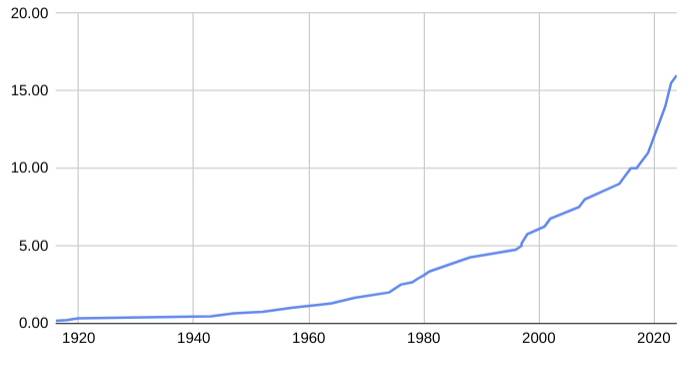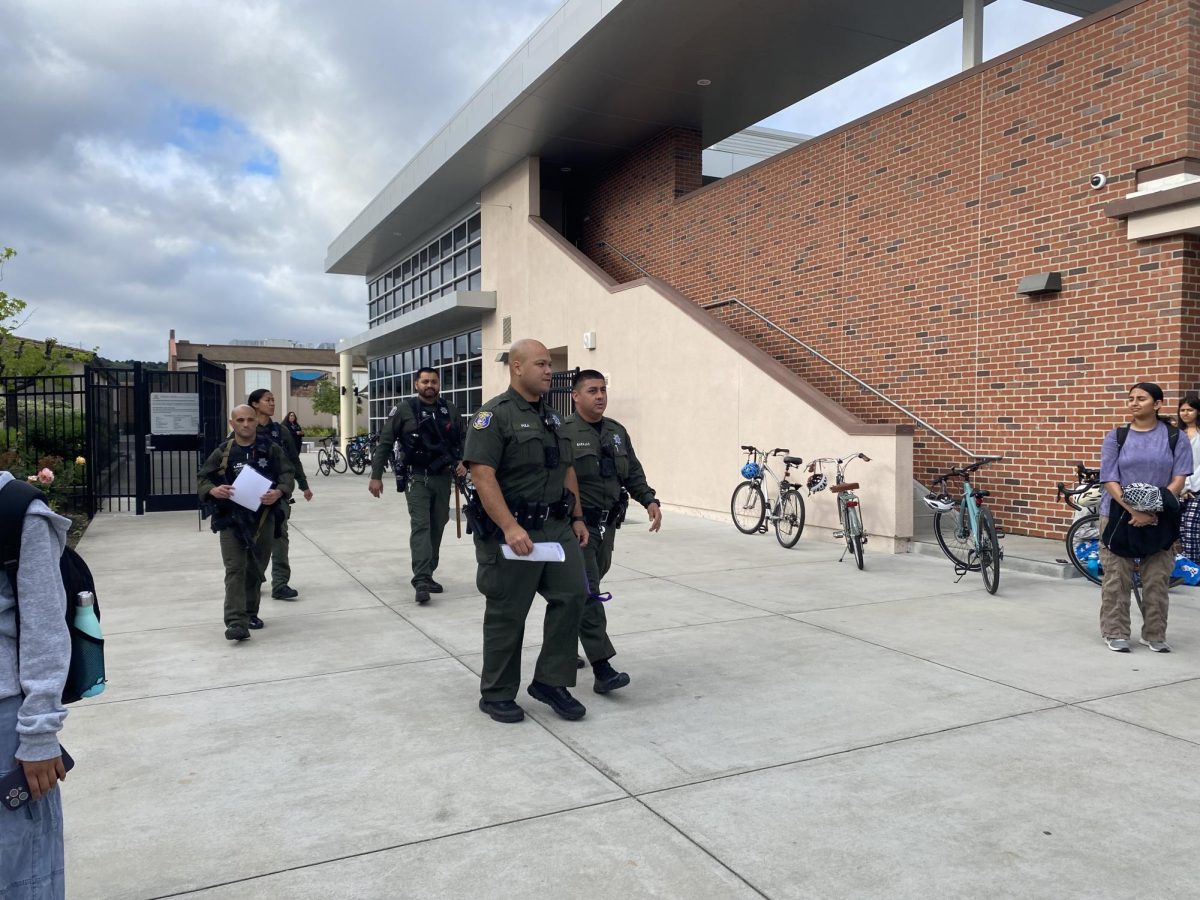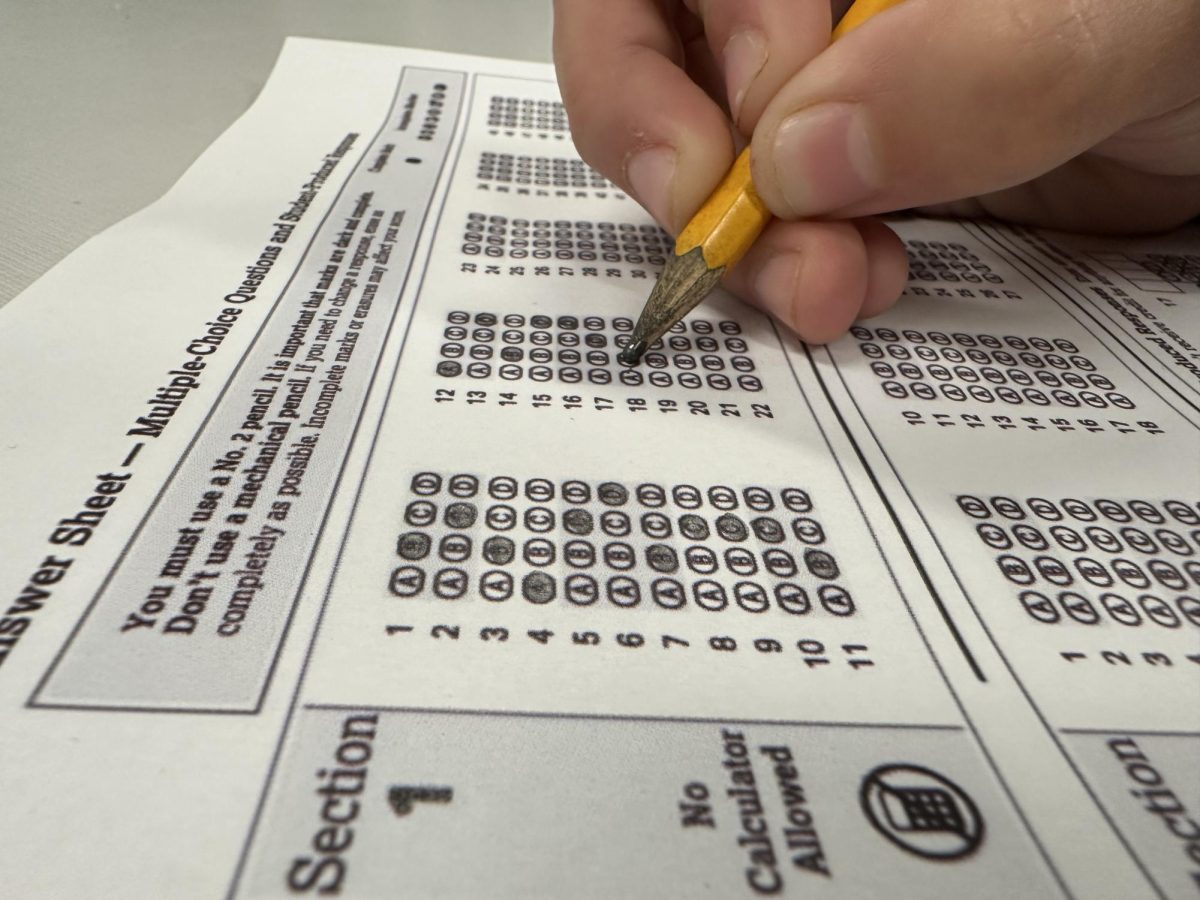
As of 2015, College Board, the organization which writes and regulates the nation’s AP tests and guidelines, has a new framework for how AP United States history should be taught in American high schools. Amidst conflict over the previous year’s “anti-American” perspective, the Board released what was advertised as a more balanced approach, answering calls for a fix to the inaccurate view of the 2014 APUSH guidelines. Much of the controversy stemmed from debate over what figures or events should be mentioned more frequently in the protocol, such as the Founding Fathers or American entrepreneurs.
The changes
Most of the albeit minor changes have to do with emphasizing the founding of the United States. Additional adjustments lend focus to entrepreneurs of the late 19th Century, including the Carnegies and Rockefellers. Nonetheless, these shifts will most likely only account for a change in one or two problems on the 55-question multiple choice section of the AP Test. There is an even smaller chance that they will have any significant effect on the nature of any long or short answer questions.
The Board itself stated earlier in the year that most elements omitted from the previous guidelines could be taught by teachers anyway according to their preference, and that the “framework” was designed to be more loose than a “rigid curriculum.”
Effects on the classroom
When asked what MVHS students could expect differently based off these alterations, APUSH teacher Margaret Platt made it clear that not much would change.
She, along with many teachers, have mainly experienced frustration when it comes to changing talking points. Platt explains that she had already taught most of the new material during previous years.
“It’s so annoying for the College Board to be throwing around a change here, a change there, at the last minute like this,” Platt said. “Our kids are just bright and brilliant, if you tell them to jump a million feet in the air, they ask ‘how many times?’ This kind of thing doesn’t really affect us, because we’ve got it covered…But, if I’m teaching up in East San Jose, if I’m teaching up in Oakland or Sacramento…I’m scrambling as a teacher.”
Competing ideologies
Some see the vague restructuring of these guidelines as a simple way to calm frayed nerves without seriously altering any content. Heat over past changes has often stemmed from the friction between competing New-Left and Consensus historiography (methods by which history is interpreted), in a battle over which perspective should remain dominant. Changes in the 2014 APUSH framework allowed for what some political groups viewed as a departure from the older and more conservative Consensus perspective, resulting in backlash that continued throughout the year.
Whereas the New-Left tend to focus their view on a more inclusive minority-centric retelling of the American Story, Consensus historians often adopt a more traditional assimilation-based viewpoint, sometimes glossing over elements important to a progressive social history, such as the displacement of the Native Americans or minority movements.
These guidelines also provided for the addition of historical interpretation as a part of the curriculum, enabling students to compare differing views of various social and political events. Nonetheless, many critics remained embittered from these changes.
“So I think, as part of, the…placating of that [embitterment], [the 2015 College Board] has reframed, in some way, some of the content ideas,” APUSH teacher Bonnie Belshe said. “But by leaving in the historical thinking perspectives as this main focus for the [students] to learn, I don’t think it’s possible for students to go back to the consensus melting pot idea…so I think it’s more [like] lip-service in some ways, [the addition of these] what-are-not-really-major changes.”
Junior Nelson Niu agrees with Belshe. “I mean, the minority [New-Left] stuff hasn’t gone away, it’s still there,” he said.
Many teachers and students share his general apathy towards the transition, but Niu was quick to point out the importance of a continuing balance in the way history is taught.
“I feel like as long as they didn’t, like, remove anything…I’m pretty fine with it,” Niu said. “But I do think there should be a balance, between both sides of this debate.”
























